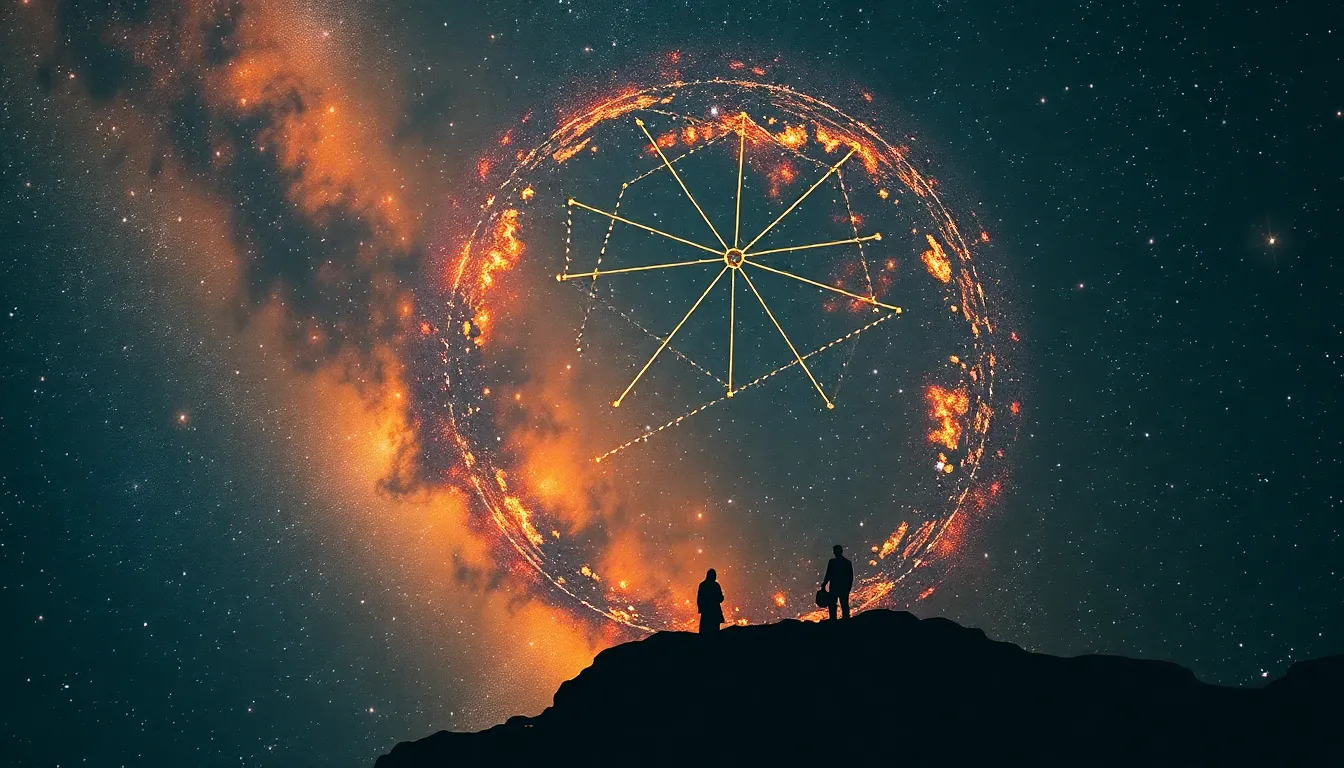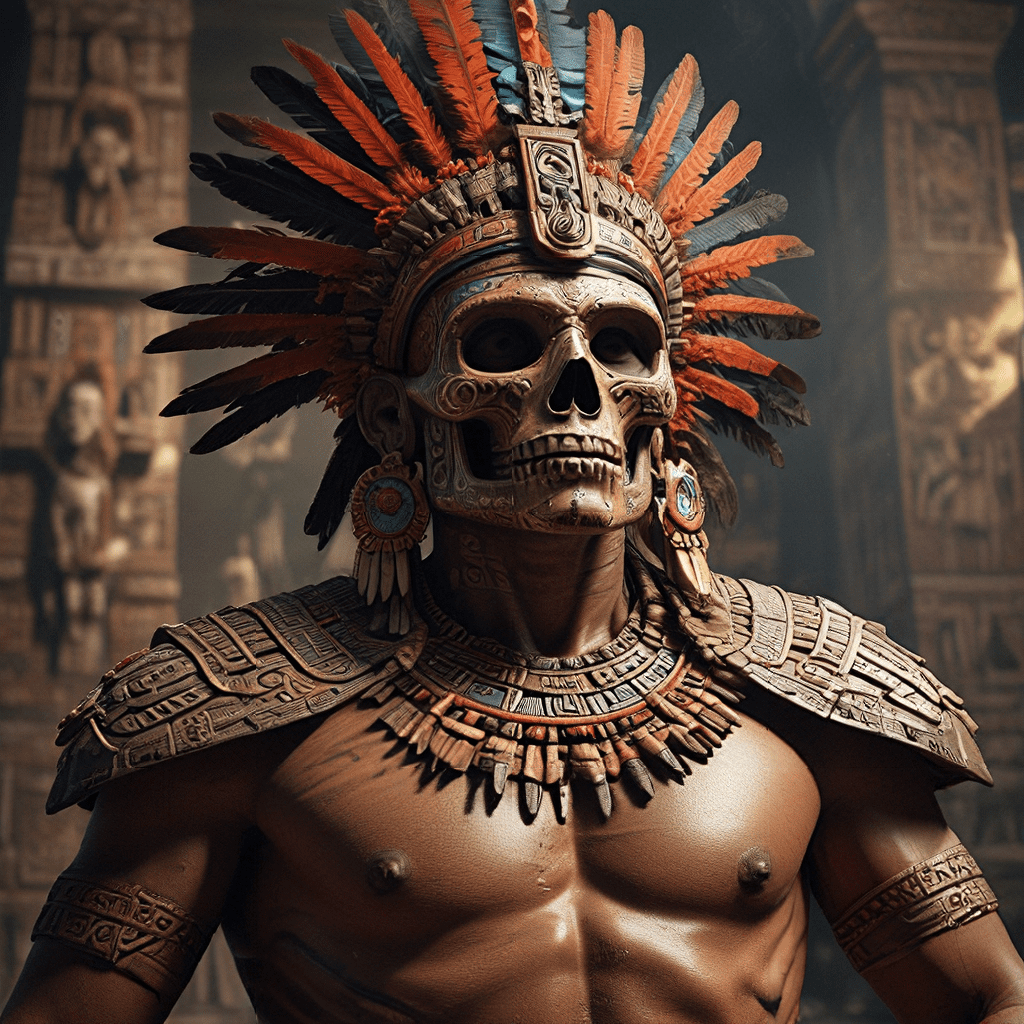The Cosmic Odyssey: Exploring the Origins of Creation Myths
1. Introduction to Creation Myths
Creation myths are foundational stories that explain how the universe, Earth, and humanity were created. They serve as cultural narratives that provide meaning and context to existence, shaping the beliefs and values of societies throughout history. The significance of these myths transcends mere storytelling; they are integral to the cultural identity and moral frameworks of communities.
This article aims to explore the various dimensions of creation myths, examining their universal themes, the role of nature, and their implications across different cultures. By delving into the intricate tapestry of these narratives, we seek to understand their enduring legacy and relevance in both historical and contemporary contexts.
2. The Universal Themes in Creation Myths
Creation myths often share common elements that resonate across cultures. These universal themes include:
- Chaos and Order: Many myths begin with a chaotic void, from which order is established. This theme symbolizes the transition from disorder to a structured universe.
- The Role of Deities: Creation stories frequently feature gods or cosmic forces that shape the world and humanity. These deities often embody various aspects of nature and human experience.
- Humanity’s Place: Myths often define humanity’s purpose and relationship with the divine and the natural world, reflecting cultural values and beliefs.
Through these themes, creation myths help to articulate existential questions, providing a framework for understanding the complexities of life and the universe.
3. The Role of Nature in Creation Stories
Nature plays a pivotal role in many creation stories, often depicted through elemental forces such as earth, water, and sky. These natural elements are not mere backdrops; they are active participants in the creation process. The portrayal of nature in these myths highlights the interconnectedness of all living beings.
In several cultures, the relationship between humanity and nature is emphasized, reflecting a deep respect for the environment. For instance:
- In many Indigenous American myths, the Earth is seen as a living entity that supports and nurtures humanity.
- Hindu creation myths illustrate the sacredness of rivers and mountains, often personifying them as deities.
These examples underscore how creation myths encapsulate humanity’s reverence for the natural world, reinforcing the idea that humans are stewards of the environment.
4. Comparative Analysis of Eastern Creation Myths
Eastern creation myths offer rich narratives that differ significantly from Western perspectives. In Hinduism, the universe is created and destroyed in a cyclical manner, with key figures like Brahma, Vishnu, and Shiva playing essential roles in this process. Buddhism presents a less defined creation narrative, focusing on the concept of interdependence and the cyclical nature of existence.
Taoism emphasizes the balance of yin and yang, illustrating the dynamic interplay of forces that give rise to the universe. Key themes in these Eastern narratives include:
- Cyclical Time: The concept of time as a repeating cycle rather than a linear progression.
- Reincarnation: The belief in the rebirth of souls and the continuous cycle of life and death.
These themes reflect a worldview that is holistic and interconnected, contrasting with more linear Western narratives.
5. Western Creation Myths: From Genesis to Greek Philosophy
In the Western tradition, the Judeo-Christian creation narrative, found in the Book of Genesis, depicts a linear creation process led by a singular, omnipotent God. This story emphasizes the goodness of creation, humanity’s role as caretakers, and the introduction of moral order.
Conversely, Greek mythology presents a more chaotic view of creation, beginning with Chaos, from which Gaia (Earth) emerges, along with primordial deities like Tartarus and Eros. The tales of the Titans and their eventual overthrow by the Olympian gods illustrate themes of power, rebellion, and order.
The influence of these Western creation myths is profound, shaping philosophical thought, literature, and cultural identity throughout history.
6. Indigenous and Tribal Creation Myths
Indigenous and tribal cultures possess rich creation myths that are often passed down through oral traditions. These stories are not only entertaining but serve as vital educational tools that convey cultural values and social norms. Key aspects include:
- Oral Tradition: The storytelling tradition preserves history, morals, and identity, often through songs, dances, and rituals.
- Community Reflection: Myths reflect the beliefs, values, and environmental relationships of the community, reinforcing social cohesion.
For example, many Native American creation stories emphasize the significance of animals and nature, portraying a worldview that sees humans as part of a larger ecological system.
7. The Psychological and Sociological Aspects of Creation Myths
Creation myths play a critical role in shaping individual and collective identities. Psychologically, they resonate with Jungian archetypes, tapping into the collective unconscious and expressing shared human experiences. These myths also establish moral frameworks that guide behavior and social norms.
From a sociological perspective, creation myths serve several functions:
- Cultural Cohesion: They unite communities by providing shared narratives and values.
- Identity Formation: Myths help individuals understand their place in the world and their relationship with the divine.
Through these lenses, creation myths not only explain the origins of existence but also reinforce the bonds that hold societies together.
8. Modern Interpretations and Adaptations of Creation Myths
In contemporary society, creation myths are being reinterpreted and adapted in literature, film, and other media. These adaptations often blend traditional narratives with modern existential themes, reflecting the complexities of contemporary life.
The impact of scientific advancements, such as the Big Bang theory, has also influenced how people perceive creation narratives, leading to a dialogue between science and mythology. This blending of myth with modern inquiries raises questions about existence, purpose, and the nature of reality.
9. The Future of Creation Myths in a Globalized World
The process of globalization has profound effects on the preservation and evolution of traditional creation myths. As cultures interact, there is a risk of cultural homogenization; however, this also promotes the sharing and blending of narratives.
In today’s society, new creation narratives are emerging, often influenced by technology and social media. These new myths reflect contemporary values and concerns, addressing issues like environmentalism, identity, and the human experience in a digital age.
10. Conclusion: The Enduring Legacy of Creation Myths
Creation myths provide invaluable insights into the human experience, illuminating our understanding of existence, identity, and morality. Throughout this exploration, we have seen the universal themes, cultural significance, and modern adaptations of these narratives. As we continue to navigate the complexities of life, creation myths remain relevant, encouraging us to reflect on our origins and our place in the cosmos.
We invite readers to delve deeper into these stories, exploring their meanings and implications in their own lives, fostering a personal connection to the timeless quest for understanding and belonging.



